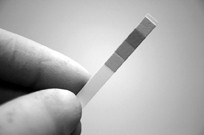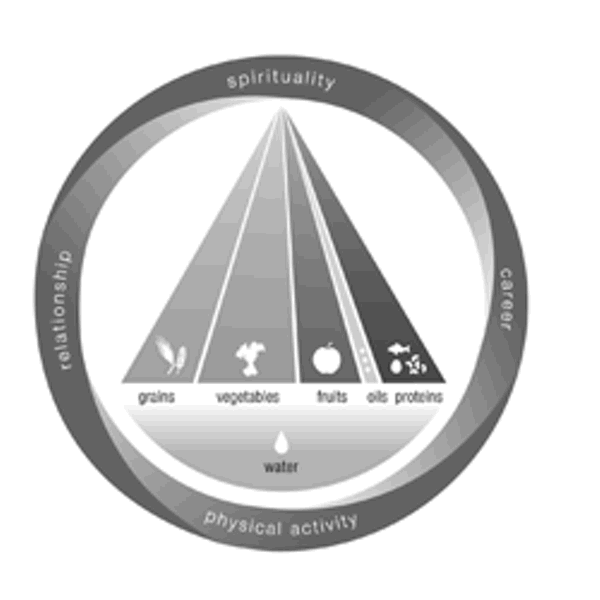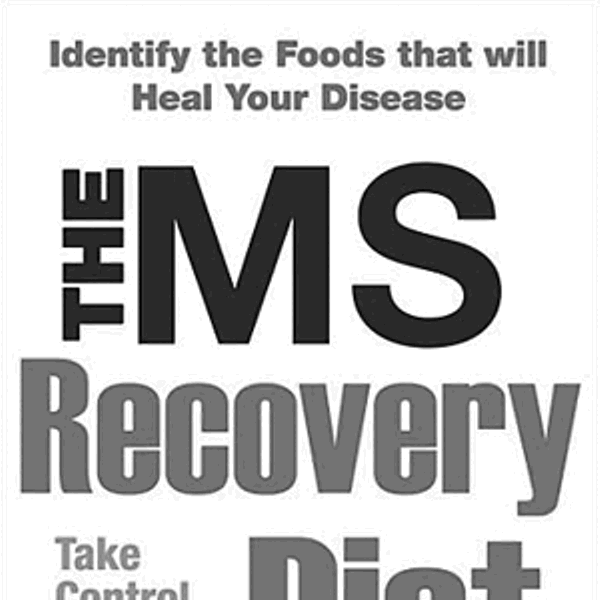The acid-alkaline balance, or pH balance, of the body is critical to optimal health. While we have natural mechanisms to keep our blood and tissues in balance, diet and nutrition can help maintain—or disrupt—this balance. If the body is not able to compensate for a diet that is too acidic or too alkaline, the internal environment becomes compromised and eventually cells fail to thrive, leading to a diseased state.
The pH scale, which represents degree of acidity or alkalinity, goes from 0 to 14, with number 7 representing balance between acidic and alkaline substances. The body’s healthy range in pH is 7.36 to 7.42 (slightly on the alkaline side). Illness will typically accompany any prolonged state of acidosis (blood or tissues with a pH value lower than 7.36) or alkalosis (pH higher than 7.42).
Many everyday activities, such as muscle use, produce acidic substances. But normally, alkaline biochemical buffers in the bloodstream and tissues compensate, bringing pH back to the healthy range. However, if acidity is excessive, our systems cannot compensate enough, and acidosis results, with acids accumulating in tissues and joints. (Many health specialists believe that acidity leads to arthritis.)
Food is a very important factor in acidosis. Foods are classified as acidic or alkaline according to the residue left after they have been metabolized. America’s typical diet is heavily based on acidifying (acid-producing) foods. They include wheat, oats, white rice, refined flour, refined sugar, strawberries, pomegranates, meat, poultry, cold cuts, fish, eggs, cheese, butter, whole and refined grains, bread, pasta, cereal flakes, pecans, peanuts, soybeans, white sugar, sweets, cashews, sodas, coffee, tea, cocoa, wine, mayonnaise, ketchup, and mustard. In contrast, alkalizing (alkaline-producing) foods consist mostly of green and colored vegetables, most fruits, millet, buckwheat, sprouted beans, sprouted seeds, fermented tempeh and tofu, olive oil, and soaked almonds.
For a healthy acid-alkaline balance, your diet should contain about 70 percent alkaline foods, focusing on fruits and vegetables, with some whole grains and sprouts, and smaller amounts of animal foods and refined foods. Drinking large amounts of water on a daily basis can also be a highly effective way to help the body eliminate accumulating acids.
Acidic/alkaline food charts are available at www.essense-of-life.com/moreinfo/foodcharts.htm.

















